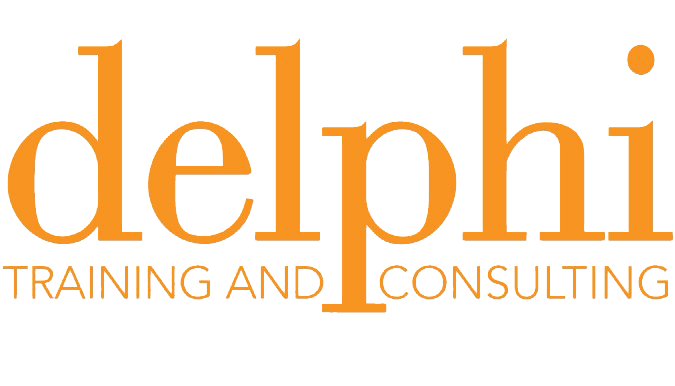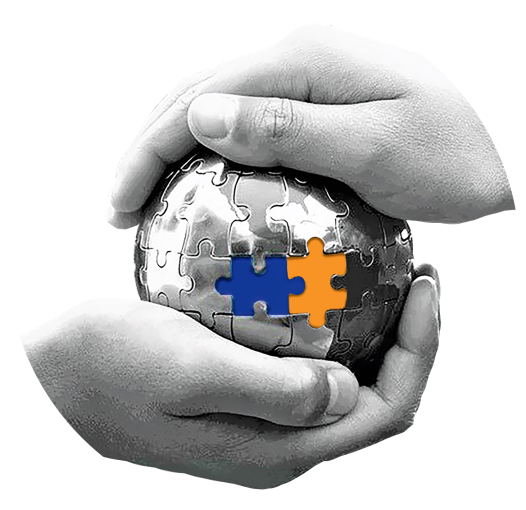
Join our NETWORK
Get all latest news, event updates and access to resources & information.

Naomi Halpern is a Certified QPR Instructor
This training is for anyone responding to someone in crisis and who may be contemplating suicide. Most times, the first people to be aware of a person in crisis are family members, friends, colleagues and even strangers. Suicide is the most preventable cause of death. Skills to respond and help someone get the professional help they need can save lives. Like CPR (cardiopulmonary resuscitation), anyone can learn these skills. This is not suicide assessment or counselling training it is for anyone, in any occupation, profession or walk of life.
In 2023 there were 3,214 deaths by suicide, (2,419 males and 795 females). While more men die by suicide this is due to utilising more lethal methods. Women attempt suicide at a higher rate. In most instances, suicidality involves a great deal of ambivalence. It is sometimes thought of as a ‘permanent solution to a temporary problem’. The person experiencing suicidal thoughts and feelings or who becomes actively suicidal, is unable to think of an alternative strategy to their problems or to alleviate emotional pain and distress. In some instances, the person’s situation may not be temporary e.g. chronic illness, disability, or other life altering scenarios.
Misconceptions around suicidality are common, such as those who talk about it will never do it, or the person who threatens suicide is ‘attention seeking’ and it is best to ignore overt or implied threats or, that the worst is over, and the person seems much better. Responding to expressions of suicidality is stressful and anxiety provoking. People often fear saying the wrong thing and exacerbating distress. Any caring intervention can save a life!
This training outlines guidance for gatekeepers to respond effectively to expressions of suicide and assist the individual to access supports they need and deserve.
Participants will be able to:
This training is designed for roles and responsibility in:


Get all latest news, event updates and access to resources & information.